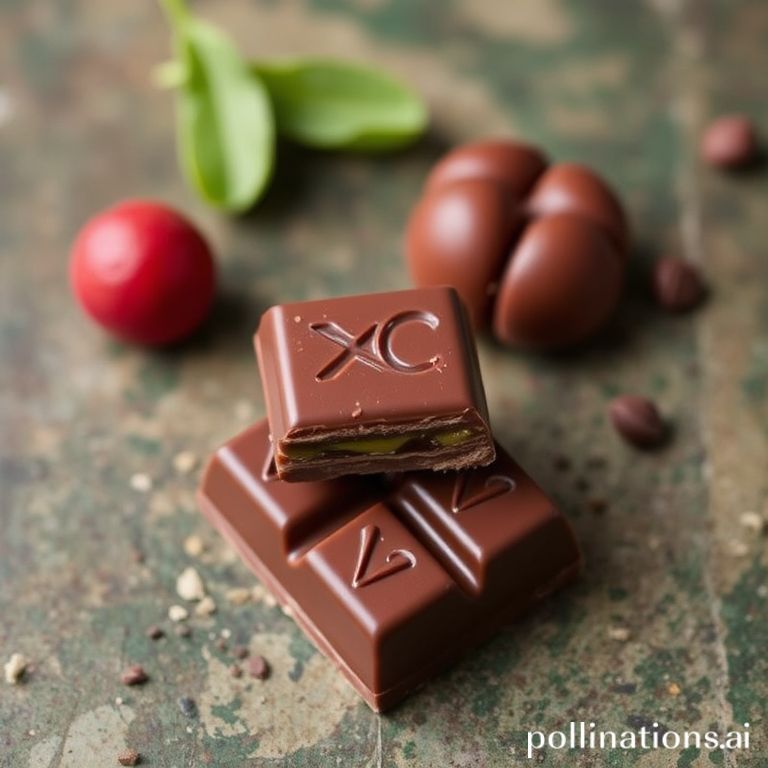Mexican chocolate is more than just a sweet treat; it’s a cultural icon deeply embedded in the country’s history and traditions. From its ancient origins as a sacred drink to its modern-day variations, Mexican chocolate offers a rich and complex flavor profile unlike any other in the world. It’s a journey through time and taste, connecting us to the ancient civilizations that first discovered the magic of the cacao bean.
But what exactly makes Mexican chocolate so unique? The answer lies in a combination of factors, including traditional preparation methods, distinctive ingredients, and a cultural significance that elevates it far beyond a simple confection. Let’s delve into the fascinating world of Mexican chocolate and uncover the secrets behind its irresistible allure.
The Ancient Roots of Mexican Chocolate
The history of chocolate in Mexico dates back thousands of years to the Olmec, Mayan, and Aztec civilizations. These cultures revered the cacao bean, using it to create a bitter, frothy drink called “xocolatl,” which was often flavored with spices, herbs, and chili peppers. This drink was far from the sweet, milky chocolate we know today; it was a potent and ritualistic beverage consumed during religious ceremonies and by the elite members of society.
Cacao as Currency and Offering
- Cacao beans were so valuable that they were used as currency in ancient Mesoamerica.
- They were also offered to the gods in religious ceremonies, highlighting their sacred status.
- The preparation of xocolatl was a complex process, often involving grinding the beans on a metate (a stone grinding table) and whisking the mixture to create a thick foam.
Traditional Preparation Methods
One of the key factors that distinguishes Mexican chocolate is the traditional way it’s prepared. Unlike commercially produced chocolate, which often undergoes extensive processing, Mexican chocolate retains much of its natural character and flavor. This is largely due to the use of simple, time-honored techniques.
The Role of the Metate
The metate, a stone grinding table, remains an essential tool in the preparation of authentic Mexican chocolate. Cacao beans, along with ingredients like sugar, cinnamon, and almonds, are ground by hand on the metate to create a coarse, textured paste. This method preserves the natural oils and flavors of the cacao, resulting in a richer, more complex taste.
Key Ingredients and Flavor Profiles
While the base of Mexican chocolate is, of course, cacao, the addition of other ingredients plays a crucial role in shaping its unique flavor profile. Common ingredients include:
- Cinnamon: Adds warmth and spice.
- Sugar: Provides sweetness, often piloncillo (unrefined cane sugar) for a caramel-like flavor.
- Almonds: Contribute a nutty richness.
- Chili peppers: Introduce a subtle heat and complexity (optional, but traditional).
Regional Variations of Mexican Chocolate
Just as Mexican cuisine varies from region to region, so too does its chocolate. Different areas of the country have their own unique recipes and traditions, reflecting the local ingredients and cultural preferences. Exploring these regional variations is a delicious way to experience the diversity of Mexican chocolate.
Oaxaca: The Heart of Chocolate Tradition
Oaxaca is widely considered the heartland of Mexican chocolate. Here, you’ll find some of the most traditional and authentic preparations, often made with locally grown cacao and a blend of indigenous spices. Oaxacan chocolate is known for its slightly gritty texture and its intense, complex flavor.
Other Notable Regions
- Chiapas: Known for its high-quality cacao beans and its use of traditional methods.
- Veracruz: Offers a variety of chocolate preparations, often incorporating local fruits and spices.
- Michoacán: Famous for its “chocolate de metate,” prepared using the traditional grinding method.
Modern Interpretations and Uses
While traditional Mexican chocolate continues to be cherished and enjoyed, modern chefs and artisans are also exploring new and innovative ways to incorporate it into their creations. From gourmet chocolate bars to decadent desserts, the possibilities are endless.
Beyond Beverages: Culinary Applications
Mexican chocolate is not just for drinking; it’s also a versatile ingredient in savory dishes. It can be used to add depth and complexity to sauces, stews, and marinades. Mole, a rich and complex sauce, often includes chocolate as one of its key ingredients.
Conclusion
What makes Mexican chocolate unique is a combination of history, tradition, ingredients, and cultural significance. From its ancient origins as a sacred drink to its modern-day interpretations, Mexican chocolate offers a taste experience that is both deeply rooted in the past and vibrantly alive in the present. It’s a testament to the enduring power of cacao and the rich culinary heritage of Mexico. So, the next time you savor a cup of Mexican chocolate, take a moment to appreciate the journey it has taken from the cacao bean to your cup.
If you found this article fascinating, share it with your fellow chocolate enthusiasts and explore our other articles about the amazing culture and cuisine of Mexico!
IMAGE: A close-up, warm-toned photo of a traditional Mexican woman grinding cacao beans on a metate in a brightly lit Oaxaca market. She’s wearing traditional clothing. The focus is on the metate and the chocolate paste. The mood is authentic, rustic, and inviting, highlighting the time-honored tradition of Mexican chocolate making.


